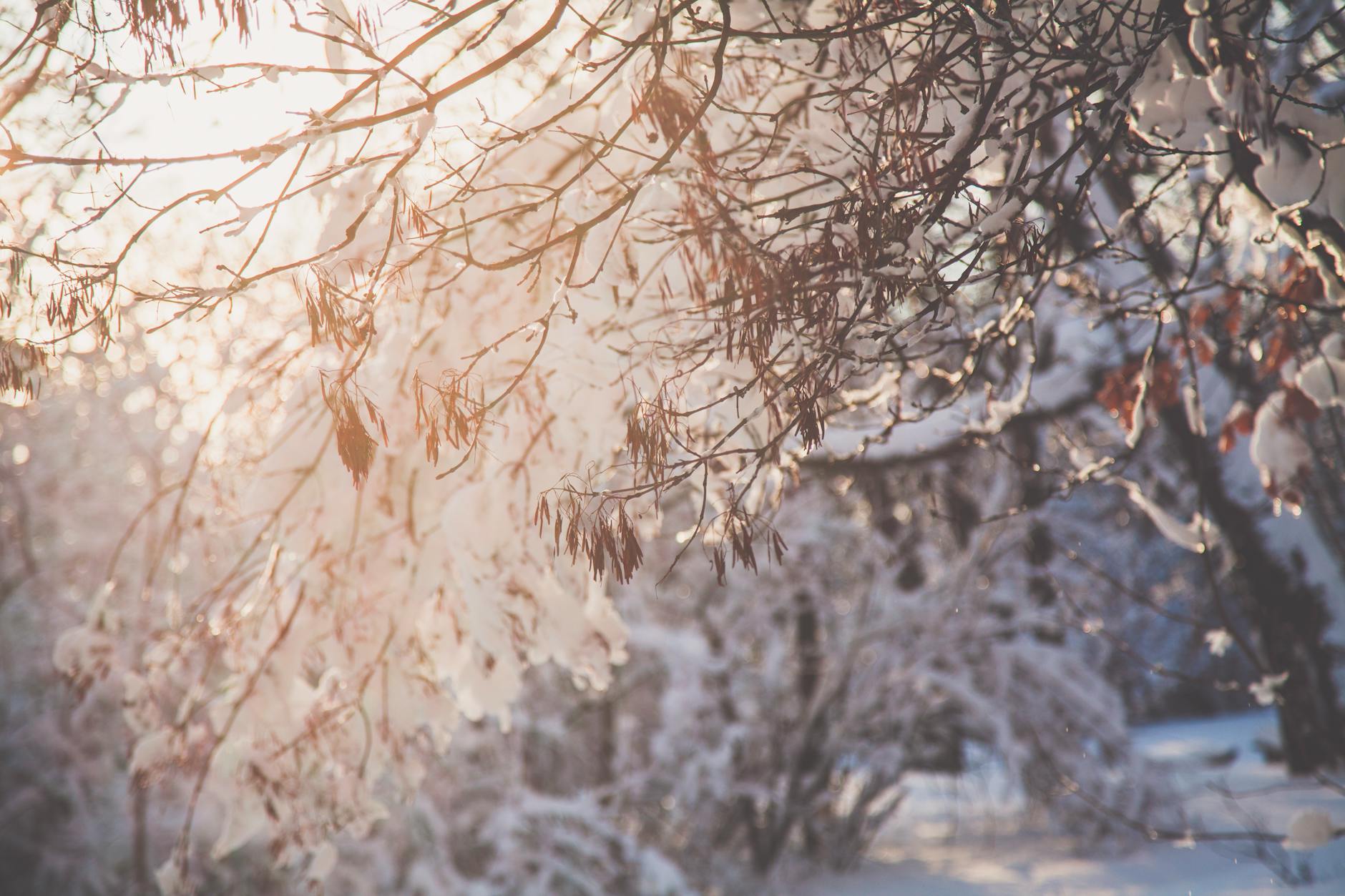Winter has always been a season of stillness, of shadows stretched long and stars scattered like frost across the heavens. It is a time when the earth seems to pause, holding its breath beneath a blanket of snow. For our ancestors, winter was not merely a season; it was a story, a sacred chapter in the eternal cycle of life and death.
In myths and legends from every corner of the world, winter is woven with meaning. It is a time of descent and renewal, of endings that promise beginnings. Let us journey through these ancient tales and discover how they embraced the quiet magic of winter.
Persephone and the Descent to the Underworld
In Greek mythology, winter begins with a descent. Persephone, the daughter of Demeter, is taken to the underworld by Hades, her absence plunging the world into cold and darkness. Her mother’s grief strips the earth of its warmth, and life retreats until Persephone’s return.
This myth speaks to the rhythm of nature, the ebb and flow of growth and rest. Winter, in this tale, is not a punishment but a necessary pause, a time for the earth to gather its strength for the bloom of spring.
The Norse Winter: Fimbulwinter and Endurance
In Norse mythology, winter is a force of endurance. Fimbulwinter, the great and unrelenting cold that precedes Ragnarok, tests gods and mortals alike. Yet even in this harshest of winters, there is hope. The stories remind us that after the frost comes rebirth, and from destruction arises creation.
The Norse embraced winter as a season of strength and preparation, a time to gather resources and fortify the spirit against life’s storms.
The Celtic Wheel of the Year: Samhain and Yule
The Celtic Wheel of the Year divides time into sacred seasons, with winter holding profound significance. Samhain marks the start of the dark half of the year, a time when the veil between worlds is thin and the spirits of the dead walk among the living. As the season deepens, Yule celebrates the return of light, with bonfires and feasts honouring the rebirth of the sun.
These traditions remind us that winter is a journey through darkness, but one that carries the promise of light.
The Slumbering Bear: Native American Winter Tales
In many Native American traditions, winter is a time of storytelling, a season for gathering around the fire and sharing the wisdom of the elders. The bear, a creature that slumbers through the cold months, often features in these tales. It represents introspection, strength, and the wisdom that comes from stillness.
Winter, for these cultures, is not a time of emptiness but of fullness—a season rich with dreams, stories, and connection.
Lessons from Winter Myths
These ancient myths teach us to embrace the stillness of winter, to see it not as a void but as a space for reflection and renewal. They remind us that life’s cycles require rest as much as motion, and that even in the darkest nights, there is the promise of dawn.
Small Rituals for Winter:
- Create a Winter Altar: Decorate it with symbols of the season—pinecones, candles, and imagery of winter deities.
- Reflect and Renew: Use the quiet of winter to journal, meditate, and set intentions for the year ahead.
- Celebrate the Light: Mark the turning of the season with small acts of celebration, from lighting candles to sharing stories.
The Magic of Winter’s Pause
Winter is a story, a chapter in the great book of the year. It invites us to slow down, to listen, to honour the quiet magic that lives in stillness. As the snow falls and the nights stretch long, let these ancient myths guide you. They remind us that winter is not just a time to endure but a time to embrace.


Leave a Reply